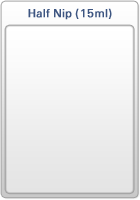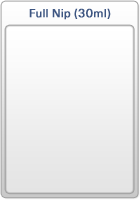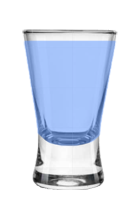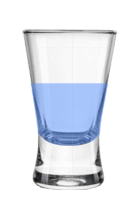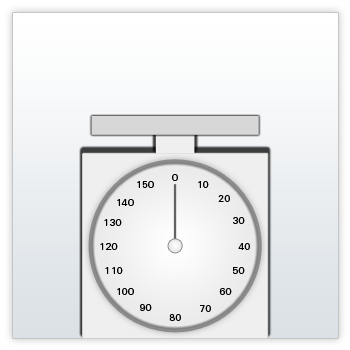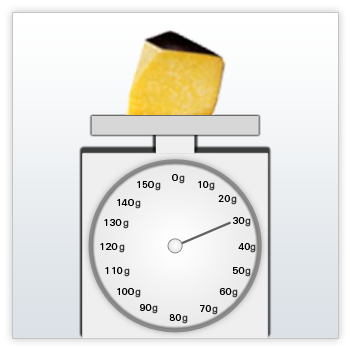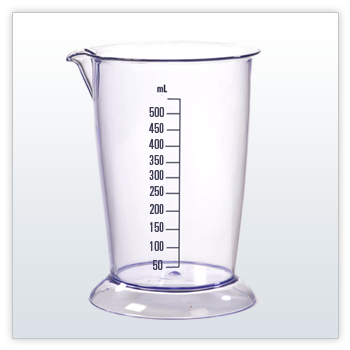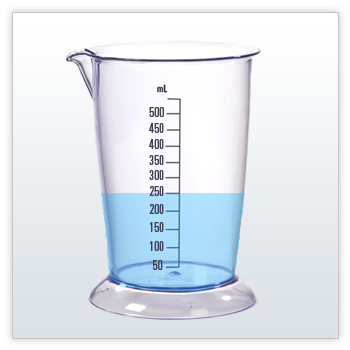- -Able to understand measurement in relation to foods and beverages.
- -Able to understand how to use different measuring tools for foods and beverages.
- -Able to understand units of measurement.
-
Measuring Ingredients
The resource contains materials relating to the service of alcohol.
Being able to measure ingredients is a core skill required for working in a kitchen or bar. This topic will assist in understanding what to use and how to measure.
Click on the Play button to start the introduction video.
-
Show Me
Show Me
Introduction to ScalesClick on the Play button to start the video.
Scales are used for weighing food.
There are two types of scales:
- electronic or digital
- balance
Balance scales:
- place food on top
- needle moves to show how much the food weighs
Electronic/digital scales:
- gives the reading in numbers
- are more accurate
- measure smaller amounts than balance scales
Spoons and cups are not used in commercial kitchens. They are too inaccurate.
Show Me
Both types of scales must be set to zero before measuring.
Balance scales
- make sure the needle is set to zero
- do this by turning a dial
Electronic scales
- automatically set themselves to zero
- use the TARE or ZERO button
Zero the scales when using a container to measure in.
- place empty container on the scales
- set scales to zero by moving the dial or using the TARE button
- add item you are measuring
Show Me
Measurements in Food and BeverageClick on the Play button to start the video.
Scales weigh food in grams (g) and kilograms (kg).
- 1000grams (g) = 1 kilogram (kg)
- 500 g = 0.5 kg
- 1kg 500g is the same amount as 1.5kg
Measuring jugs measure liquids in millilitres (mL) and litres (L).
- 1000 millilitres (mL) = 1 litre (L)
- 500 mL = 0.5L
It is important to read the increments carefully when weighing and measuring.
Show Me
What is an increment?
An increment is an increase in a series of numbers
- 0, 50, 100, 150, 200, 250... Increments of 50
- 0, 100, 200, 300, 400, 500... Increments of 100
- 0, 200, 400, 600, 800... Increments of 200
Balance scales and measuring jugs show increments that may increase by 50, 100 or 200.
On balance scales these increments will represent grams (g).
On measuring jugs these increments will represent millilitres (mL).
Show Me
Accuracy is important when measuring liquids such as water, milk or oil.
Read the measurement at eye level:
- lean forward OR
- place the measuring jug on a higher surface
If you look at it on an angle you will get an inaccurate reading and it will change the amount.
Liquids are measured in millilitres (mL) and litres (L).
Show Me
Spirits are measured in nips.
A nip is equal to 1 standard drink in Australia.
A full nip equals 30 millilitres (mL).
A half nip equals 15 millilitres (mL).
-
Say It
There are 2 parts in this section.
1. The GlossaryThe glossary lists the more difficult words related to the topic in alphabetical order. The glossary also gives the meaning for each word.
2. Look, Cover, Write, Check!This activity gives you practice at remembering and writing the words from the glossary.
The Glossary
-
Do It
Measurements are used in both the bar and the kitchen. It is important to understand units of measurement and how to use measuring equipment correctly.
Exact measurements in cooking are essential. If measurements aren't accurate time and money may be wasted, and recipes may fail.
Exact measurements also need to be used in the bar when pouring drinks and mixing cocktails. This is important so that cocktails taste good and industry standards are followed.
Jump to ActivitiesDo It: Understanding Measurements

Do It: Measuring Equipment

Do It: Increments

Check It
Check It QuizMeasuring IngredientsClick on Measuring Ingredients to begin.
- Introduction
- Show Me
- Say It
- Do It
- Check It
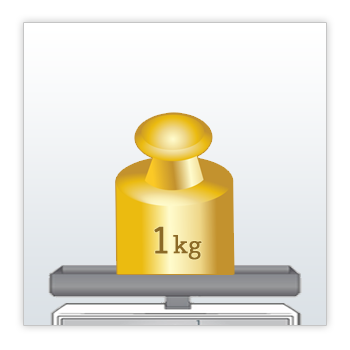
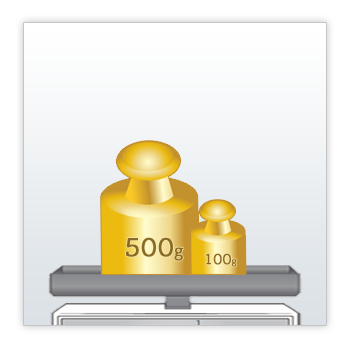
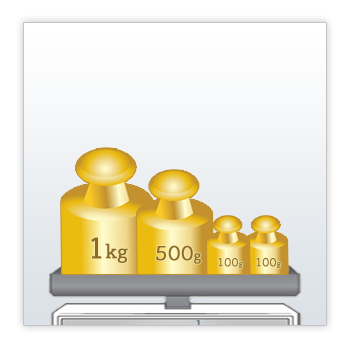
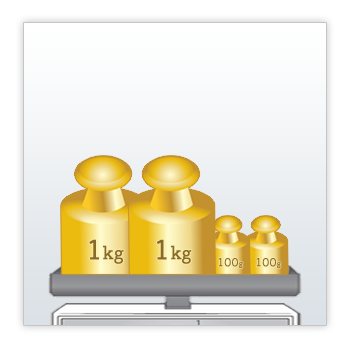
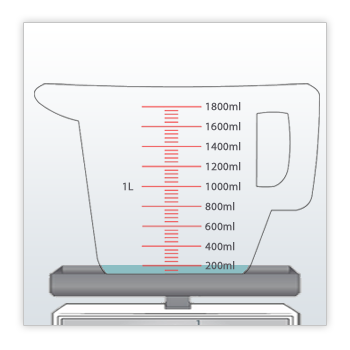
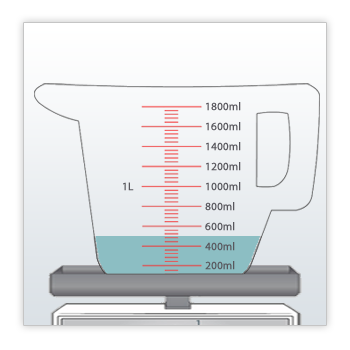
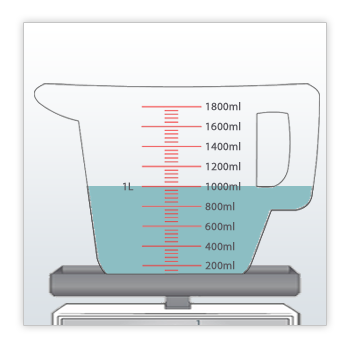
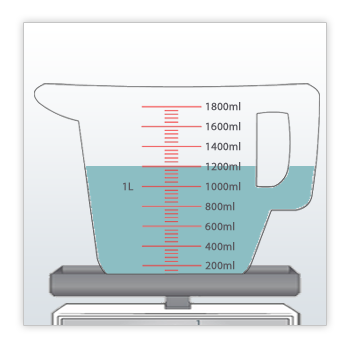
 Which measuring equipment would you use to measure oil?
Which measuring equipment would you use to measure oil?
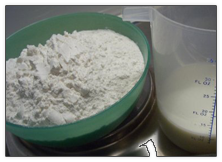 Which measuring equipment would you use to measure flour?
Which measuring equipment would you use to measure flour?
 Which measuring equipment would you use to measure a small amount of spices?
Which measuring equipment would you use to measure a small amount of spices?
 Which measuring equipment would you use to measure 5kg of meat?
Which measuring equipment would you use to measure 5kg of meat?
 Which measuring equipment would you use for measuring alcohol?
Which measuring equipment would you use for measuring alcohol?
